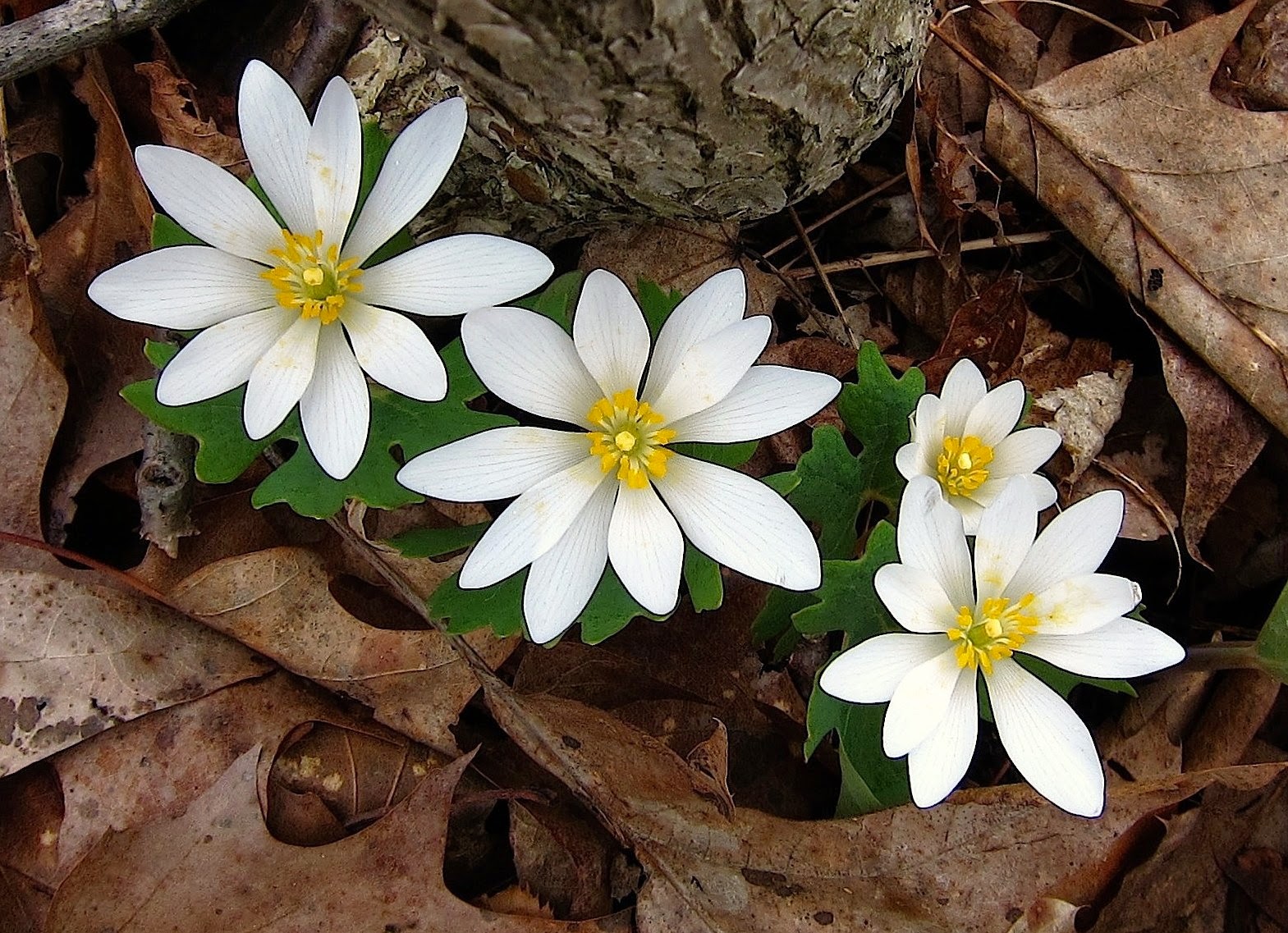Sue had never seen Cohoes Falls, so I invited her to drive down with me to the Albany County town of Cohoes, just across the Mohawk River from the southern boundary of Saratoga County. Sue is very knowledgable about Native American history and lore, and she was able to tell me many stories about the role this majestic waterfall played in bringing peace to the once-warring native peoples of this region.
According to native lore, the Cohoes Falls is sacred to members of the Iroquois Confederacy (Haudenosaunee), for it was here many centuries ago that a prophet called The Peacemaker suffered a plunge into the turbulent river and somehow survived. Impressed by this seemingly miraculous feat, the once-warring nations of Mohawks, Onondagas, Oneidas, Cayugas, and Senecas attended to The Peacemaker's pleas to cease their warring, and they joined together to form the Iroquois Confederacy, a confederacy that persists to this day. Unfortunately, over the centuries following the European invasion of North America, the native peoples lost their right to freely access this site. But just a few years ago, in 2011, the current owner, Brookfield Renewable Power Company, recognizing the sacredness of this site to native peoples, ceded title of a portion of the Saratoga County banks to the Iroquois Confederacy. Plans are in the works to establish a research center here and to build a traditional longhouse where visitors can stay and learn about the Iroquois Confederacy.
As we stood on a parapet overlooking the river, we could see across the Mohawk to the lands once occupied by these native peoples.
I had hoped we might walk closer to the falls by visiting Falls View Park, but we found it was closed to the public until May first, due to the hazard along the walkways caused by ice and snow. At least we could read the informative signs at the entrance of this very nice park offering dramatic views of the falls.
We also enjoyed walking past these handsome 19th-century buildings that once provided housing for the factory workers who labored in the nearby fabric mills that once thrived in this riverside community.
The huge Harmony Mills, five stories high and stretching for several blocks, was the largest cotton mill complex in the world when completed in 1872. The main building, now converted into hundreds of high-end residential units, is included in the National Register of Historic Places. The statue in the niche is a rendering of Thomas Garner, one of the founding owners of Harmony Mills.
The Mohawk River pours into the Hudson River near Cohoes, and we returned home to Saratoga Springs by following the Hudson north through the river towns of Waterford, Mechanicville, Stillwater, Victory, and Schuylerville. What a treat it was to see wide stretches of open water reflecting the blue of a radiant clear sky! When we reached Stillwater, we stopped to observe small flocks of migrating waterfowl from a pleasant waterside park.
The afternoon was so delightfully spring-like by now, we celebrated by enjoying some ice-cream cones as we marveled at the mating displays of Hooded Mergansers and Goldeneyes out on the sparkling water. High in the sky, a flock of Snow Geese winged their way north. Their confidence that spring is truly here was heartening to us as we basked in the warming sun, blithely unaware as yet of the snow that would cover the ground again by the next morning.

















































